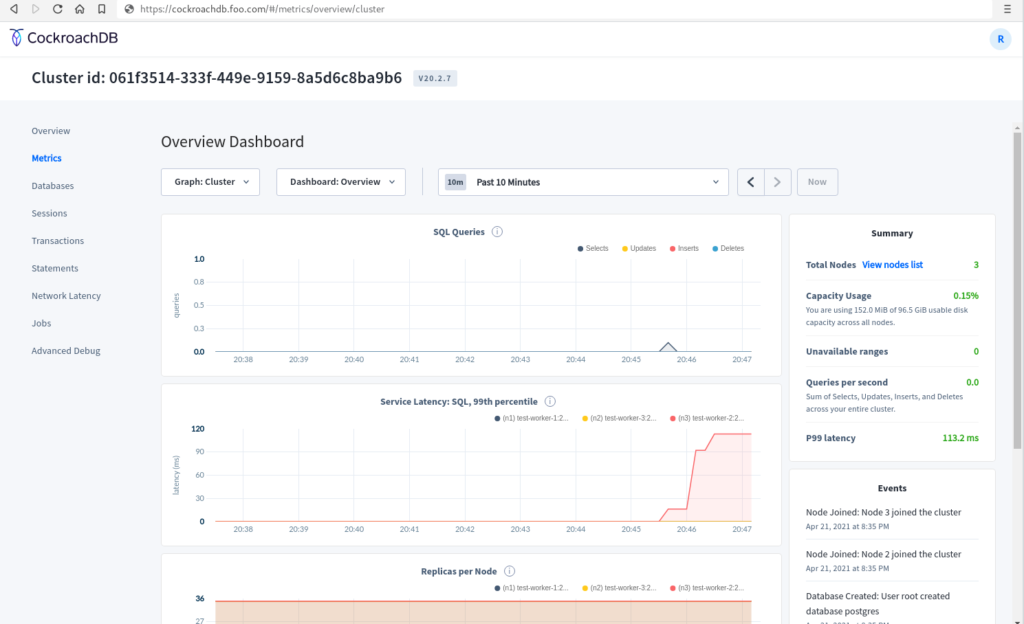In this short tutorial I will show how to build a business application with the Business Process Modelling Notation – BPMN. This approach differs from the usual data-centric approach as we focus on process management instead of data processing.
Data Processing vs. Process Management
When we follow the classic approach building a Data-Centric Business Application, we usually first design a data schema. The data schema defines what kind of data can be managed. The application allows us to create new data sets, edit existing data and of course search for data.
In a Process-Centric Business Application we instead first try to answer the question how data should be processed to give each actor the best access to information to reach a specific business goal. And this kind of question becomes more and more important in our today’s rapidly evolving business landscape. BPMN offers the perfect approach to model a workflow with its business goals from the beginning to the end. BPMN models can be created with various tools like for example the Open Source BPMN designer Open-BPMN.
The big advantage of BPMN is that it does not only give all stake holders a clear understanding about the process, a BPMN 2.0 Model can also be executed by a suitable process engine. This “low-code” or “model-driven” approach leads to a much more flexible way to implement business applications. Of course, data still plays an important role and workflow engines allow us to manage business data in various ways. So let’s see how this works…
Continue reading “Build your Business App with BPMN 2.0”



